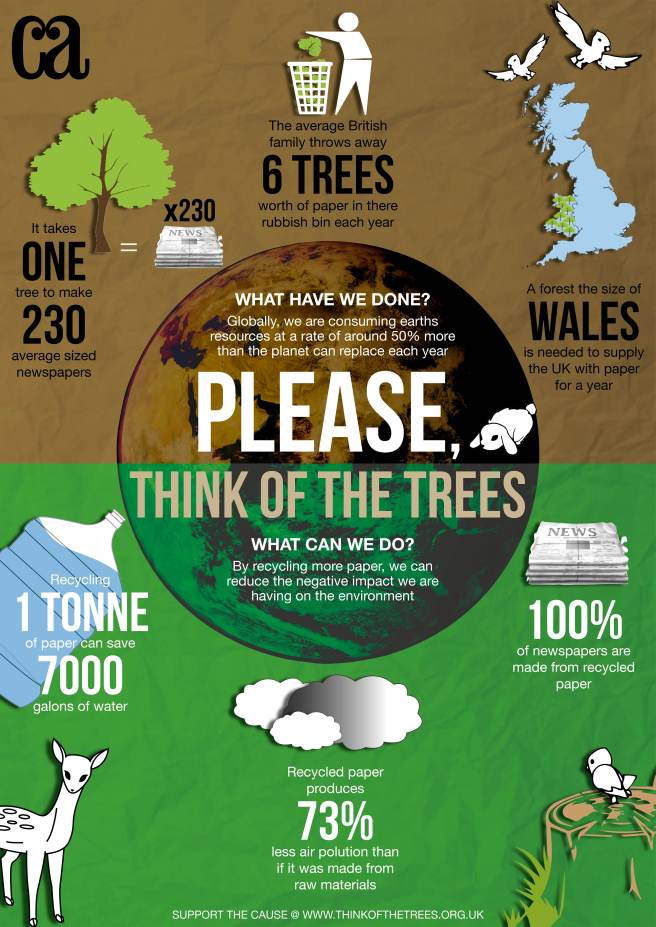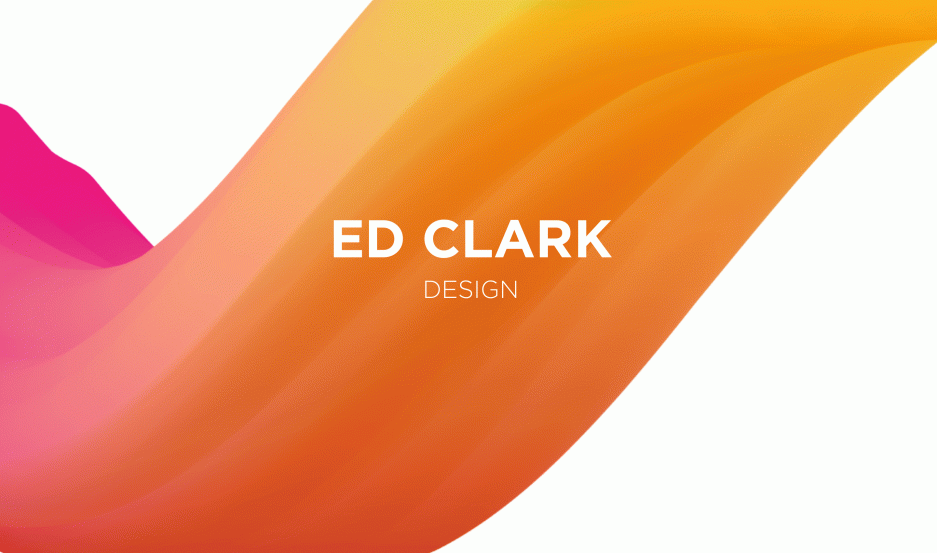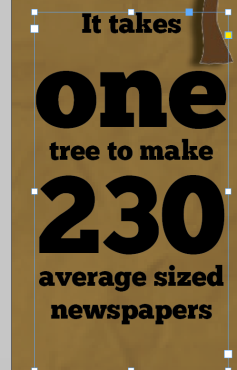As the brief states that we are designing for communication arts magazine, I thought it was important to take a look at the style and ethos of the magazine and brand.
Communication Arts is the biggest international trade journal of visual communications. The magazine covers a broad spectrum of mediums, such as graphic design, advertising, photography, illustration, and interactive media.
I was strolling through the gallery on the Communication Arts Magazine, and found this article about packaging that I thought ties in well with our chosen subject of paper. Matt Ebbing designed a “carton” that would show off the special and unique product. The package is made from moulded paper pulp, similar to an egg-carton, that is in the shape of the nested shoes. It’s light, space-saving and made with 100%PCW pulp that is 100% compostable.
http://www.commarts.com/gallery

Another design that caught my eye was this infographic illustrating what really lies beneath the sea. Its uses key signifiers such as the different shades of blue giving depth to the design, and contrasting white which leaps off the page and catches the audiences eye. The audience associates these colours with the ocean. The reader is guides through facts with a faint white dotted line leading them to the bottom. As the reader gets to the bottom, the shade of blue turns into a almost black, signifying depth of the sea. I think its important to note the amount of facts and figures used, and how they are highlighted and enlarged compared to the rest of the text. This draws the audience in to the exciting fact, and then leads them to further information about that fact.
I also like the typography used, not only in the large title at the top, but throughout the design. There is a clear style throught the design, with large text in a modern typeface with strong contrast between thick and thin strokes, and a sans serif typeface that looks similar to helvetica.
There are small little embellishments around the design, however the designer has used small elements effectively to get the right messages across to the audience.









